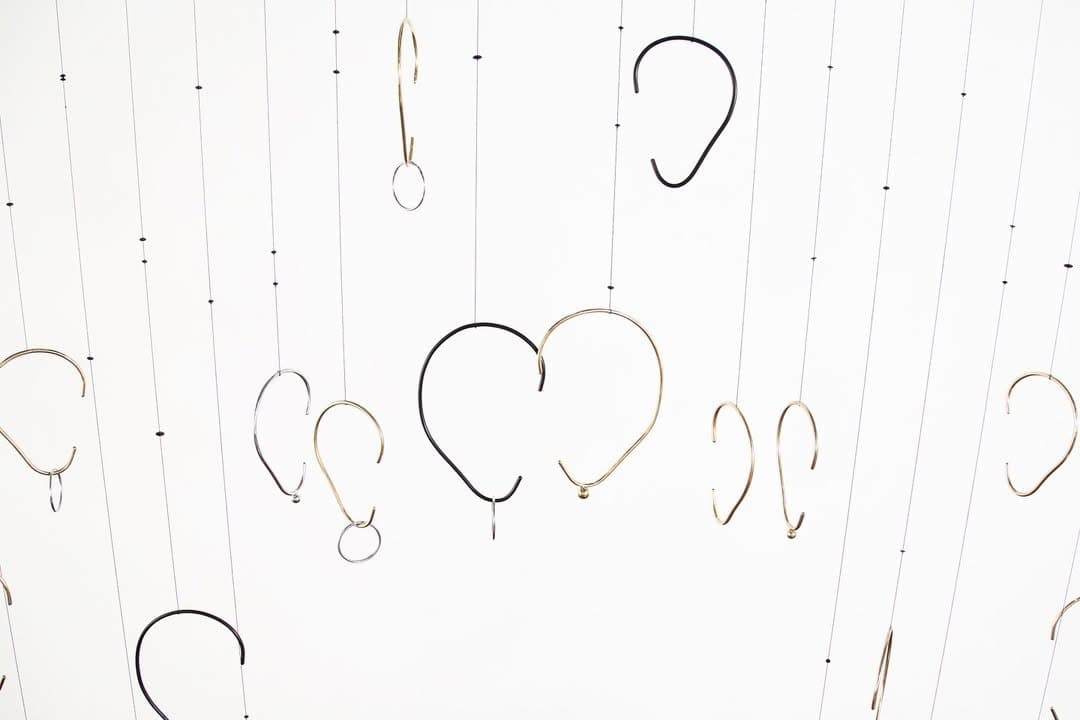
Blurring the boundaries between noise and music, form and sound, São Paulo-based artist Vivian Caccuri investigates sonic and material relationships. With a special interest in historically marginalized cultural forms—such as the sound systems of popular music events, instruments considered simplistic, or the repulsion associated with the buzzing of certain insects—Vivian sculpts time. Her raw material, sound, exists only through its propagation as vibrating air molecules, expanding spherically. This characteristic is an axiom for the system inherent in her work, whose chain of agencies engages the other (which could be a human, animal, robot, or even an inorganic element or material) in a crescendo, to be conducted as part of an entangled whole; connected by social, temporal, spatial, and, above all, sensory bonds. The sensory torpor caused by the aversion to a mosquito’s wings flying near an ear or a high-frequency electronic beat are leveled and become objects of investigation, retelling stories of their origins and fictional derivations.
In the exhibition circuit of the *Contratempo* program, two works are symptomatic of the artist’s interests. In the first, *Cobertor de orelha* (Ear Blanket) (2021), waxed threads hold steel and aluminum shapes resembling human ears, drawing a sinuous, rising and falling curve in the air. Like a sound wave, these forms tinkle as they collide due to the presence of wind, caused by the visitor’s movements or external actions. The expression that gives the work its title is popularly used to describe a person lying down with their head next to another, embracing them and warming them with body heat. Positioned in the center of the room, the pendant cuts through the space, modulating it and coexisting with the Eva Klabin collection in a playful relationship that intertwines the figure of the blanket with the spacious bed in the background. It also reflects the ambivalent desire inherent in the mission of a house-museum: to hear the layers of time that permeate each object, but without the innocence of knowing that the investigator’s step disturbs the silence.
*Cacho 2* (Cluster 2) (2021), in turn, invites the public to dance. Cords support fragments of slate, seashells, and aluminum tubes, which, when manipulated, create a cadence of sounds. The result of the intersection and observation of materials frequently used by the artist in previous series, the form is inspired by clusters of tropical fruits, suggesting the sonic abundance that brings each activation to life. It is also reminiscent of wind chimes, common in popular or summer houses, which function as a sonic trace of the passage of elements, visible or not. Thus, another attempt emerges to build ties mediated by molecular vibrations, grounded in the excitation of suspended matter and the eardrum.
Art makes sensible that which is not of the universe of perception, and thus makes audible the inaudible forces, believed the French philosopher Gilles Deleuze (1925–1995). In his view, the composer would be the one who reveals the forces of time, gravity, and germination, causing them to transform into what we hear. By creating layers of understanding in the course of history’s waves or even fictionalizing notes from a time whose result allows for new ways of envisioning—and, why not, playing with—the world, Vivian explores another space, one whose duration is not measurable. It does not pass; it melt.
